AWD
4WD and AWD
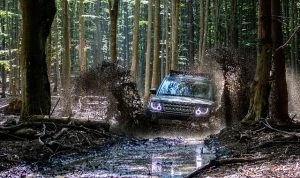
Getting the best grip on the road or terrain is what will get you moving forwards from A to B in the shortest time. Ever since the invention of the first cars, two-wheel-drive has been the mainstay for delivering the engine’s power out to the wheels. At first, two-wheel drive was usually via the rear wheels, as it was much simpler to run a drive shaft from the engine at the front of the car back to the rear wheels to get grip from the rear wheels and to let the front wheels have the job of steering the vehicle.
In saying that, there is also history of 4WD being experimented with back as early as the late 1800s in combination with a traction engine, and, of course, in World War II, the 4WD Willys Jeep was a game-changer.

Once mechanical engineering and quality improved over time, the concept of having the engine over the front axle and the front wheels as the driving wheels as well as for steering the vehicle lowered production costs. A combination of rear-wheel-drive and front-wheel-drive cars were available as a matter of course right up to the 1970s and 1980s. Through the 1990s up until the present day, it was more common to see front-wheel-drive cars for everyday driving.
However, it was the 1980s that proved to be a very innovative period in automotive design and mechanical engineering. The greatest advancement in road-going cars was arguably the use of four-wheel-drive to establish greater levels of grip. As racing and supercars demanded faster cars, the need to control all that power (and actually make better use of it) was essential for winning, especially as there was an ever-increasing number of high-performance cars being pulled out of roadside hedges or being wrapped around power poles.
Enter Audi. Audi’s Quattro technology marked a significant moment in high-performance cars’ and supercars’ history. The Audi Quattro’s technology was essentially the dawn of the modern supercar’s 4WD system, and when Audi entered the World Rally Championship in 1981 with their Audi 80 Quattro car, they were unbeatable. The second-place car was over twenty minutes behind the race-winning Audi!
What is the difference between 4WD and AWD?
This is a good question to answer, because there are numerous new cars of all shapes and sizes available with AWD or 4WD. Generally speaking, four-wheel-drive (4WD) is the older off-road system that has the power split 50:50 front to rear. Add a diff-lock into a 4WD system, and these are off-road kings. Four-wheel-drive can be disengaged so that just two-wheel-drive (2WD) can be used on easier terrain, including for when you’ve finished your off-road adventure and you just want to head back home on the tarmac with 2WD only.
The basic principle of an all-wheel-drive (AWD) system is that it can deliver the optimum level of torque to each wheel individually, thus giving the best possible drive and traction. AWD systems tend to be permanently engaged, but with the power split front to rear, along with individual wheels being variable according to what each wheel is sensing and therefore demanding at the time. AWD systems are more complex in that they use sensors which send precise information and values of each wheels’ speed, torque, wheel slip/spin, brake pressure, and steering input to the AWD’s central control system. The control system then adjusts the torque supplied to each wheel.
Land Rovers and many other new serious off-road vehicles use AWD systems with various diff-locking abilities, which also make them real off-road kings. Four-wheel-drive systems are simpler in nature and are thus simpler and cheaper to fix than more complex AWDs. That said, many manufactures like Subaru know how to make solid, dependable AWD systems for their cars and SUVs that are mainly aimed at everyday on-road use and trips up to the ski fields, but with the credentials for performing well even in some fairly serious off-road terrain.
If you live in a part of the world where gravel roads and rainy seasons collide, then an AWD vehicle with decent ground clearance should be parked up your driveway. If your day includes a trek out to the building site, feeding out to stock, or traversing any serious off-road terrain, then a heavy-duty 4WD or AWD vehicle will be your companion. The good news is there are plenty of these sorts of vehicles about, many of which can be bought new at a good price via Private Fleet.
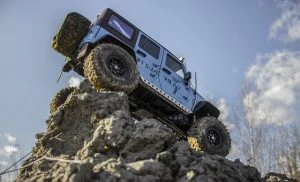
Top Tips For Off-Road Driving
 The science of terramechanics is all very well (see last week’s post), but when you’re actually behind the wheel of a 4×4 and looking at a rugged bit of off-road track, you aren’t going to get out your calculator… and you probably don’t know all the specs and stats of the soil you’re about to drive over anyway. If you’re in this situation, what you need is some practical information. To help you with this, I’ve talked to one of the best off-road drivers that I know and have got his top tips for off-road driving.
The science of terramechanics is all very well (see last week’s post), but when you’re actually behind the wheel of a 4×4 and looking at a rugged bit of off-road track, you aren’t going to get out your calculator… and you probably don’t know all the specs and stats of the soil you’re about to drive over anyway. If you’re in this situation, what you need is some practical information. To help you with this, I’ve talked to one of the best off-road drivers that I know and have got his top tips for off-road driving.
Number 1: If In Doubt, Don’t
Sure, you want to get a thrill from taking your bush-basher off to bash some bush, but every vehicle has its limits. If the terrain looks a bit too gnarly and you’re not sure if your vehicle can handle it, then don’t risk it. It’s no fun getting stuck in the middle of nowhere, trying to use your muscles to free something that weighs at least a ton or more. It’s particularly not fun if you’ve killed your engine by getting water into where it shouldn’t be. Know your limits when it comes to approach angles, descent angles, ground clearance and water depth.
Number 2: Have Some Backup
If you’re heading out into the back of beyond, it’s a good idea to have a friend along, or at least let people know where you’re heading and roughly when you’re likely to be back – and preferably both. If you have another person along in another 4×4, then there’s another vehicle with lots of traction that can pull you out or off or up. Letting people know your plans is also helpful if something dire happens, as they can send out a search party. Locator beacons may be a step too far for some people, but at least make sure that your phone is fully charged (you may be lucky enough to get coverage).
Number 3: Control Your Speed Up And Down Hills
Heading up or down a steep and slippery incline requires some decent skill at controlling your speed. Descending requires pointing straight down the hill and a gear high enough to utilise the traction of your 4WD system. Too low a gear and you’ll quickly skate down the slope out of control. Braking while descending a steep, slippery surface will also cause the wheels to lock, followed by a very quick and bumpy ride to the bottom of the hill – if you haven’t turned A over T in the meantime. Ascending a steep and slippery slope requires strong acceleration straight up the hill the right gear to give you good momentum. If you can’t make it up, flick the gears into reverse and back straight back down the line you came up at a speed that won’t cause your vehicle to outrun the wheels, turning so that you get into a slide for a quick descent in record time. Unable to remember all that? Get an experienced driver to act as your offroad driving instructor the first two or three times… or five.
Number 4: When Approaching A Body Of Water, Make Sure You Keep Your Air Intake Out Of It
Can you breathe underwater? No – didn’t think so. You need oxygen to function. So does your engine (oxygen’s like that). If the water’s so deep it gets into your air intake, it will go into your engine and cause all sorts of hassles, which start with messing with the ratio of oxygen to fuel, and then continue from there. The water will make the parts seize up and your engine will die.
Most serious 4x4s have their air intakes in sensible places but it’s a good idea to know where it is exactly and avoid going through anything deeper than that – or even anything almost as deep as that, as waves caused by your wake and by the motion of going through the water can splash up. Test the water with a stick or by walking ahead and checking before you plough ahead (and, depending on where you are in Australia, keep an eye out for crocs).
Snorkels can be fitted to a 4×4. These things, which resemble an elephant’s trunk, put the opening of the air intake a lot higher – above the top of the vehicle itself in some cases. If you want to do a lot of river crossings, then one of these can be worth investing in.
Number 5: When Driving On Sand, Deflate Your Tyres
Let the air out of your tyres as this gives you more traction over sand (terramechanics in action again). This will increase the amount of surface area and spread the applied force and torque (and all the other factors) across it, meaning that your tyres will bite into the sand rather than digging a hole in it.
Number 6: Ensure that the 4×4 Function Is Engaged and Properly Locked In Before Tackling A Gnarly Patch
If your vehicle is a part-time 4×4, then don’t head into the rough stuff, put on the AWD function before you get started, not just before (or just after) you get stuck.
Number 7: Have The Right Tyres
We’re back to the terramechanics, but in this case, someone has already got out the calculator, namely the designer of the tyres. Serious off-roading requires the right tyre design with plenty of good tread. Slicks are no good for you here, and even some road tyres can’t cut the mustard. Naturally, you need to make sure that the tyres are inflated to the right pressure (which will vary) and that they’re in good condition. Mudgrip tyres are great for (you guessed it) mud!
Number 8: Pack Your Survival Kit
If you’re heading out into the wilderness in your 4×4, it’s time to release your inner Bear Grylls and be prepared for emergency situations – for you and your vehicle.
Your personal survival kit should include food and water (more than you think you will need for a day trip, just in case), clothing for all weather types, an emergency blanket and a sturdy pair of footwear (sports shoes are fine for driving in but are hopeless if you have to get out and walk through bush – swap shoes before you drive if you have to). You should also have a good first aid kit. Check out some more ideas for what should be in a survival kit from a good book or website (condoms for improvised water bottles, fish hooks and water purification tablets spring to mind).
Your vehicle’s survival kit should include a shovel for moving boulders, levelling out ruts and similar jobs. Tow ropes are also a must in case your friend needs to pull you out of somewhere. A chainsaw will often come in handy. Ensure that your spare tyre is where it should be, and pack a pump for the tyres that can be powered by your vehicle’s power outlet (formerly known as the cigarette lighter; my age is showing).
Number 9: Invest In A Winch
There are plenty of types of winch. Some are directly mounted on the vehicle so you can just hook the chain or rope securely round a solid anchor point from the winch on the vehicle. Others are manual winches, where you can anchor the winch from an anchor point beyond the vehicle and use the winch to pull the vehicle out of the stuck position.
Number 10: Make Sure You’ve Got Enough Fuel!
Terramechanics: The Science Of Off-Roading
 A lot of us have purchased, or have considered purchasing, a 4×4 vehicle. This could be because we like the benefits of extra safety or the visibility of the higher body. Or it could be that we want to go off-road in the vehicle and do a spot of exploring. However, when we get behind the wheel of one of these vehicles and head for the nearest dirt road or river, we don’t often stop to think about all the science behind what we’re about to do. The most we might think about are things like the power and torque needed – and possibly the basic physics involved in getting over or around a gnarly bit of terrain.
A lot of us have purchased, or have considered purchasing, a 4×4 vehicle. This could be because we like the benefits of extra safety or the visibility of the higher body. Or it could be that we want to go off-road in the vehicle and do a spot of exploring. However, when we get behind the wheel of one of these vehicles and head for the nearest dirt road or river, we don’t often stop to think about all the science behind what we’re about to do. The most we might think about are things like the power and torque needed – and possibly the basic physics involved in getting over or around a gnarly bit of terrain.
However, there’s a whole branch of science related to off-road driving, known as terramechanics. In fact, there’s a specialised scientific journal on the topic. Terramechanics has been a scientific topic since the 1950s, and the concept was introduced by a Polish-born engineer by the name of Dr Bekker, who was one of the key developers of the lunar rover vehicle used on the moon. However, much of Dr Bekker’s work was more down to earth – literally.
Terramechanics, in a nutshell, is the science of how a vehicle operates off-road on rough, uneven and soft terrain. It mostly considers the interaction between the wheels and the ground, although the science also acknowledges that things like the length of the wheelbase, the torque and the ground clearance are all very important factors. However, it’s what happens where the rubber meets the (off) road that gets certain people in white coats (probably dirty white coats) very excited.
Now, if you get right into terramechanics, the maths gets pretty complicated. If you’re like me, you probably left quadratic equations behind once you left high school. However, engineers and designers in the field of terramechanics use them all the time. I won’t get into the heavy-duty maths, but here, we’ll have a little look at some of the things that get thought of when the designers are coming up not just with new 4×4 models but also with the tyres that go on them.
Vehicle-related factors
Load: the weight of the vehicle plus what’s in it – probably you, a friend, the dog and something to eat.
Contact area: Exactly how much of the tyre is touching the ground. This is affected by the design of the tyre, the width of the tyre, how much air you put in the tyre and the condition of the tread.
Rolling resistance: Also known as friction.
Torque: You knew this one was going to be important, didn’t you? That’s why the torque – the measure of rotational acceleration (rather than linear acceleration) is always given in the specs of any vehicle.
Wheel width: Put simply, more contact area means more grip.
Wheel radius: There’s a reason why 4x4s have bigger tyres, and it’s not just for better ground clearance.
Terrain-related factors
Designers have to consider these factors when they design tyres and the vehicles. As anybody who’s done any off-roading will know, not all types of terrain are created equal, and the techniques and tyres that work well with, say, snow won’t work with sand.
In fact, a lot of what goes on in terramechanics considers the properties of the soil or the other terrain (snow and sand). You might think of soil as just mud or good plain dirt, but it’s pretty complicated stuff. It’s a combination of solids (the actual particles of soil), liquids (water) and gases (air), and it’s constantly changing even in a single place, to say nothing of how soil varies from place to place. I won’t bore you with all the different factors, what they mean and how they affect each other, but some of the most important ones that researchers have to specify when they run tests of new tyre designs or even whole cars are the following:
Moisture content: How much water is in the soil at any point. This affects the shear strength of the soil, which is very important in a lot of the formulae used in terramechanics to work out whether a wheel will lose traction or not. The shear strength of anything is its ability to stand up to a force that will make it slip sideways.
Porosity: How much air is inside the soil – these pores are where the water goes when you water the garden.
Particle size and shape: How big the minute particles of soil are and what shape they are has a big influence on how the dirt sticks together, holds moisture and compacts under pressure. Most of us have known since childhood that sand and clay are very different, and this difference is mostly down to particle size and shape.
Specific gravity: How dense a substance is. Yes, this is related to the specific gravity known to home brewing enthusiasts.
After considering these basic factors, things start involving complicated equations that make my head ache.
You know, I’m kind of glad that when I go off-road driving, I don’t have to keep all these factors and the science in my head – otherwise, I’d overthink everything all the time and wouldn’t enjoy the experience. An experienced off-road driver will be able to do by feel and “instinct” (i.e. right-brain thinking) what the terramechanics expert would have to calculate. All the same, I’m glad that there are people working hard to make sure that our vehicles and the tyres on them are the safest and best they can be.
New Utes and Vans
There are now lots of vehicles for sale that are well-suited for serving in many different roles in all sorts of Trades throughout Australia. Whether you’re an electrician, a builder, a plumber, a gardener, a boat builder, a florist, a baker, a butcher, etc., – the list just goes on – there is a load of new vehicles available on the market that will aptly serve your business and recreational needs.
Let me take you through them. I’ll make it easy for you and list them in two categories: Vans and Utes. In both categories the vehicles are listed in ascending order of price. That will make it easier to see which of the vehicles may fit into your price range and budget.
Vans

LDV G10 (≈$36–38k)
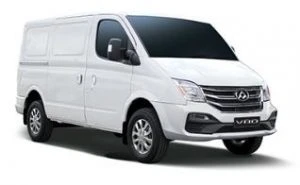
LDV V80 (≈$36–45k)
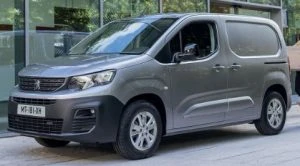
Peugeot Partner (≈$40–45k)

Volkswagen Caddy (≈$40–51k)
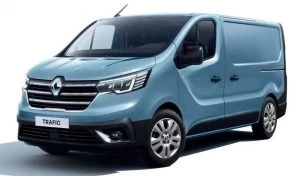
Renault Trafic (≈$44–61k)
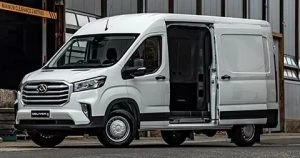
LDV Deliver 9 (≈$45–50k)
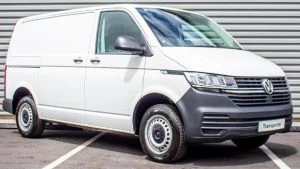
Volkswagen Transporter (≈$47–66k)
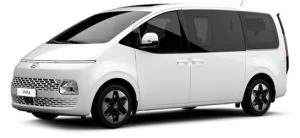
Hyundai STARIA LOAD (≈$48–54k)

Peugeot Expert (≈$48–58k)
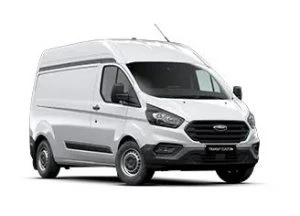
Ford Transit Custom (≈$49–60k)

Mercedes Benz Vito (≈$49–79k)
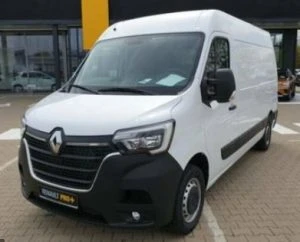
Renault Master (≈$53–64k
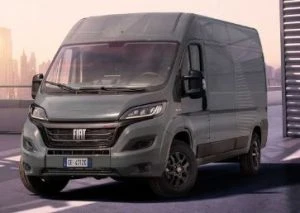
Fiat Ducato (≈$53–66k)
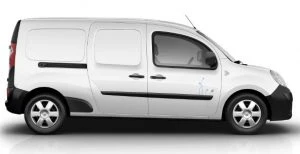
Renault Kangoo Van Maxi Z.E (≈$55k) Electric Van
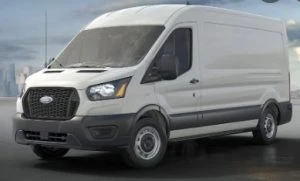
Ford Transit (≈$58–68k)

Volkswagen Crafter (≈$60–160k)
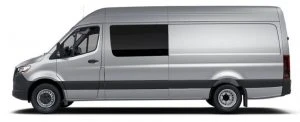
Mercedes Benz Sprinter (≈$66–91k)

Volkswagen Crafter 50 (≈$73–82k)
Utes
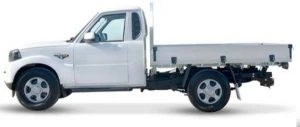
Mahindra PIK-UP Light Truck S6+ (≈$26–30k)
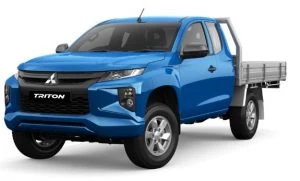
Mitsubishi Triton Cab Chassis (≈$28–47k)
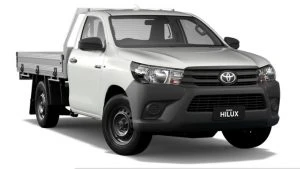
Toyota Hilux Cab Chassis (≈$28–64k)
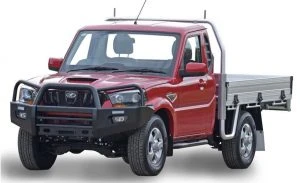
Mahindra PIK-UP Cab Chassis (≈$34k)
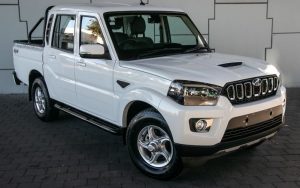
Mahindra PIK-UP Ute (≈$35–42k)
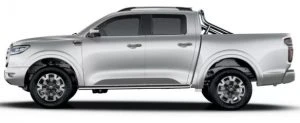
GWM Ute Double Cab (≈$35–45k)
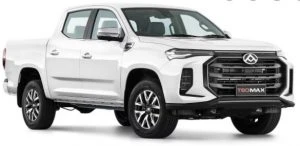
LDV T60 Double Cab(≈$36–43k)
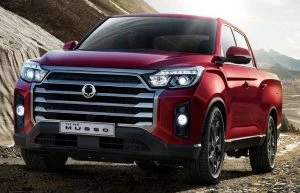
SsangYong Musso Ute ($36-47)
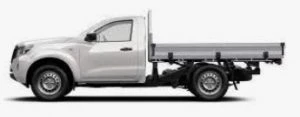
Nissan Navara Cab Chassis SL (≈$36–52k)
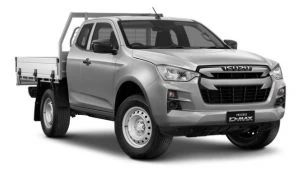
Isuzu D-MAX Cab Chassis (≈$37–65k)
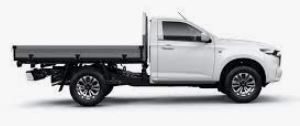
Mazda BT-50 Cab Chassis (≈$38–61k)
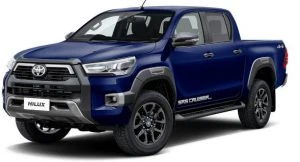
Toyota Hilux [Single and Double Cab] (≈$38–76k)
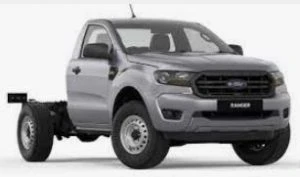
Ford Ranger Cab Chassis (≈$40–67k)
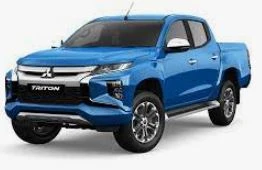
Mitsubishi Triton Ute Double Cab (≈$42–64k)
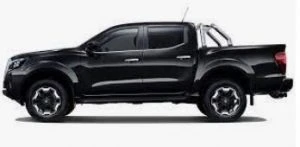
Nissan Navara Ute Double Cab (≈$44–76k)
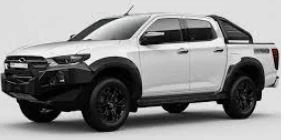
Mazda BT-50 Double Cab (≈$47–76k)
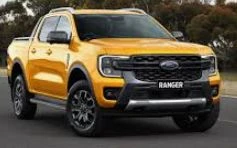
Ford Ranger Ute (≈$47–91k)
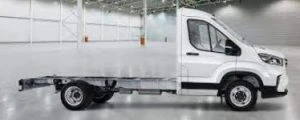
LDV Deliver 9 Cab Chassis (≈$48k)
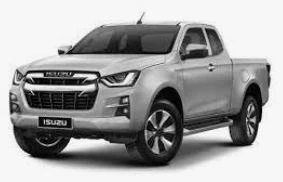
Isuzu D-MAX Double Cab (≈$49–73k)
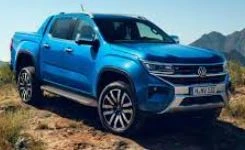
Volkswagen Amarok (≈$51–88k)
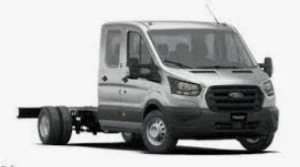
Ford Transit Cab Chassis (≈$60–64k)
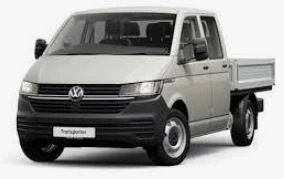
Volkswagen Transporter Light Truck (≈$60–69k)
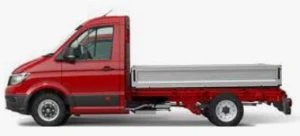
Volkswagen Crafter 50 Cab Chassis (≈$69–75k)
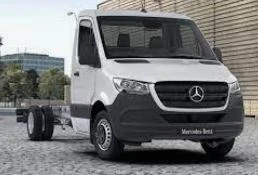
Mercedes Benz Sprinter Cab Chassis (≈$74–83k)
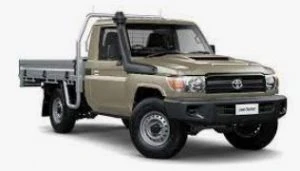
Toyota Landcruiser Cab Chassis (≈$74-88k)
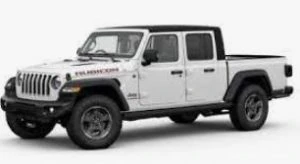
Jeep Gladiator Ute (≈$79–88k)
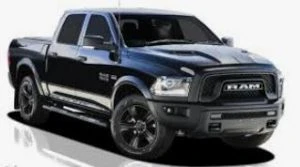
RAM 1500 Ute (≈$89–209k)
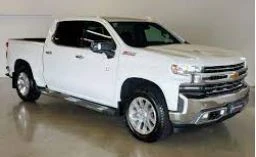
Chevrolet Silverado (≈$107–145k)
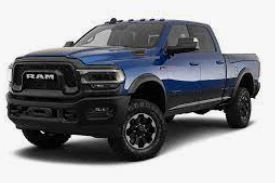
RAM 2500 Ute (≈$172–177k)
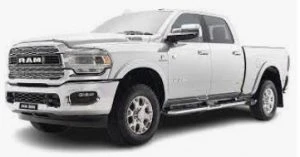
RAM 3500 Ute Laramie Double Cab (≈$177k)